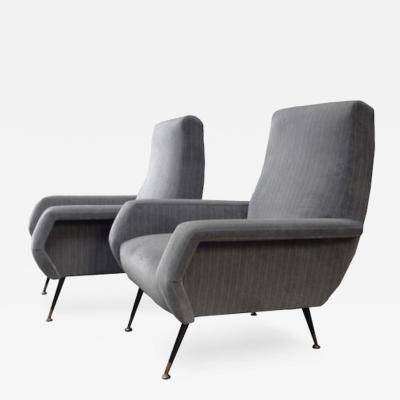6 Design-Centric Destinations in New York City You Need to Visit
New York City has one of the most lively and diverse design scenes in the world. Though many of the city’s most famous art museums are top tourist attractions, these six design-centric destinations are equally worth a visit. Whether you are addicted to all things design, or if you simply stumble upon any of these destinations for design, step inside. You won’t be disappointed.
Museum of Arts and Design
Jerome and Simona Chazen Building, 2 Columbus Circle, New York, N.Y.
The Museum of Arts and Design collects, displays and interprets objects that express the evolution of contemporary and historic craft, art and design. Founded in 1956 as the Museum of Contemporary Crafts, this museum provides an international platform for drivers of 21st-century innovation. Last year, two exhibitions featuring one of the most prolific artists, designers and sculptors of the last century opened at the MAD—Atmosphere for Enjoyment: Harry Bertoia’s Environment for Sound, and Bent, Cast & Forged: The Jewelry of Harry Bertoia. The former exhibition incorporated original “sounding sculptures” by Harry Bertoia in which he experimented with the range of tones created when pieces of wire or metal rods strike one another, as well as recordings, furniture pieces, and an immersive four-channel sound installation. The latter exhibition showcased the pieces of jewelry created by Bertoia early on in his career as he began to experiment with metal and its many forms and dimensions.
Cooper Hewitt, Smithsonian Design Museum
2 East 91st Street, New York, N.Y.
The Cooper Hewitt is the only museum in the country exclusively devoted to historic and contemporary design. Almost a quarter million design objects are housed in the museum’s holdings, as well as a world-class design library of 80,000 volumes which date from the 15th century to the present. The Cooper Hewitt also annually sponsors the National Design Awards, a program which honors the highest degree of innovation and excellence in American design. National Design Week is held each October in conjunction with the awards show. In 2016, architect, urban planner and theorist Moshe Safdie was honored with the Lifetime Achievement award, recognizing his work to advance socially responsible design. The Cooper Hewitt museum is housed in the Andrew Carnegie Mansion on Fifth Avenue, a true architectural landmark.
Brooklyn Museum
200 Eastern Parkway, Brooklyn, N.Y.
The Brooklyn Museum’s roots date back to 1823, and has only become more relevant as Brooklyn continues to develop into one of the most diverse cultural and artistic hubs in the country, and the world. An extensive collection at the Brooklyn museum includes tens of thousands holdings relating to design, from decorative arts and period rooms from the 17th to 20th centuries, to contemporary art, plus some of the most cutting-edge exhibitions in the city. The Marilyn Minter: Pretty/Dirty exhibition spans four decades of the controversial contemporary artist’s work, including paintings and rarely exhibited photographs. The Brooklyn Museum’s collection of decorative arts illustrates the changes in domestic life and design in the last 400 years through furniture, silver, glass, ceramics, and textiles, but most notably through twenty-three American period rooms that truly bring these eras to life.
The Storefront for Art and Architecture
97 Kenmare Street, New York, N.Y.
The mission of the Storefront for Art and Architecture is to advance innovation in art, design and architecture through collaboration across all boundaries, whether disciplinary, geographical, or ideological. It was founded 35 years ago in 1982 as an experimental forum and exhibition space to activate and engage people in public discourse around issues affecting the built environment. Exhibitions, artist talks, film screenings and conferences are all held within a triangular space measuring about 100 feet in length, tapering from 20 feet to only 3 feet in width. Architect Steven Holl and artist Vito Acconci built twelve movable panels that can pivot either horizontally or vertically to open up the entire gallery to passersby on the street. The Storefront for Art and Architecture’s one-of-a-kind design is a reflection of its overarching goal of encouraging artists and visitors to meaningfully engage with the space.
Museum of Modern Art
11 West 53rd Street, New York, N.Y.
The Museum of Modern Art makes the list because of its expansive collection holdings of design, furniture, sculpture and architecture. There are 1700 pieces in the Ludwig Mies van der Rohe archive alone. The MoMA was founded in 1929 as an educational institution, and today receives acclaim for being the foremost museum of modern art in the entire world. How Should We Live? Propositions for the Modern Interior, an exhibition that focuses on the interior design of the 1920s to 1950s, will be on view at the MoMA until April 23, 2017. Large-scale interiors by notable designers from the era are incorporated into the exhibition space, including Charles and Ray Eames, Florence Knoll, Alvar Aalto, Le Corbusier, and more.
The Noguchi Museum
32-37 Vernon Boulevard, Long Island City, N.Y.
Although Japanese-American artist Isamu Noguchi founded this museum to display the finest representative examples of his life’s work, the museum itself is now considered by many to be one of Noguchi’s greatest artistic endeavors. As visitors make their way to the entrance, they walk through an open-air sculpture garden. Inside the building are ten galleries that exhibit pieces from the permanent collection as well as temporary exhibitions. Located in Queens in a converted industrial building, the museum manages the world’s largest and most extensive collection of the artist’s sculptures, architectural models, stage designs, drawings, furniture and lamps. A brand new exhibition opened this week, called Self-Interned, 1942: Noguchi in Poston War Relocation Center, marking the 75th anniversary of Executive Order 9066, which sent thousands of Japanese and Japanese-American citizens living on the west coast to internment camps. Isamu Noguchi voluntarily entered the Poston War Relocation Center, even though he was exempt from internment as a resident of New York. He wanted to contribute something positive to the forcibly displaced community of Japanese Americans. Works dating from before, during and after the artist’s imprisonment along with a selection of archival documents will be on view through January 2018.















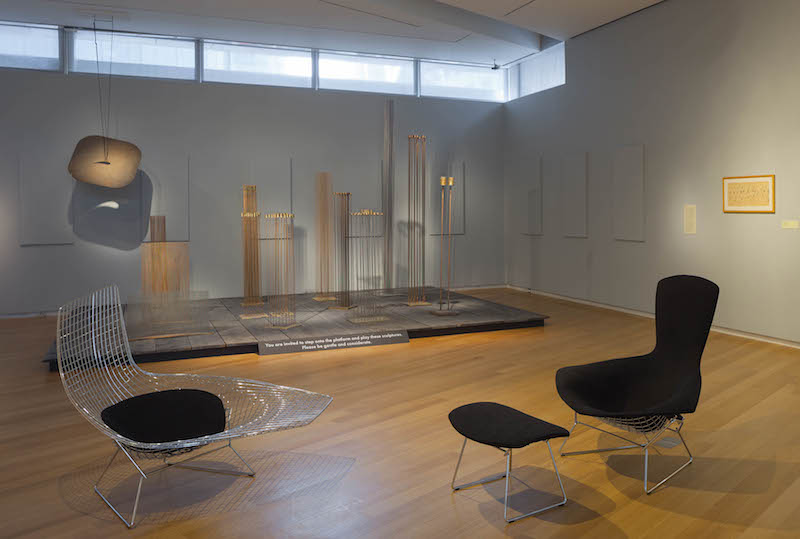
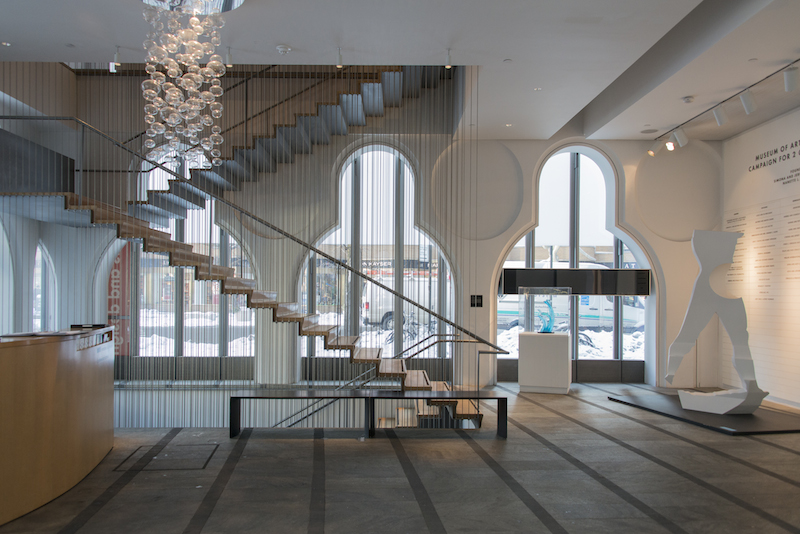


.jpg)

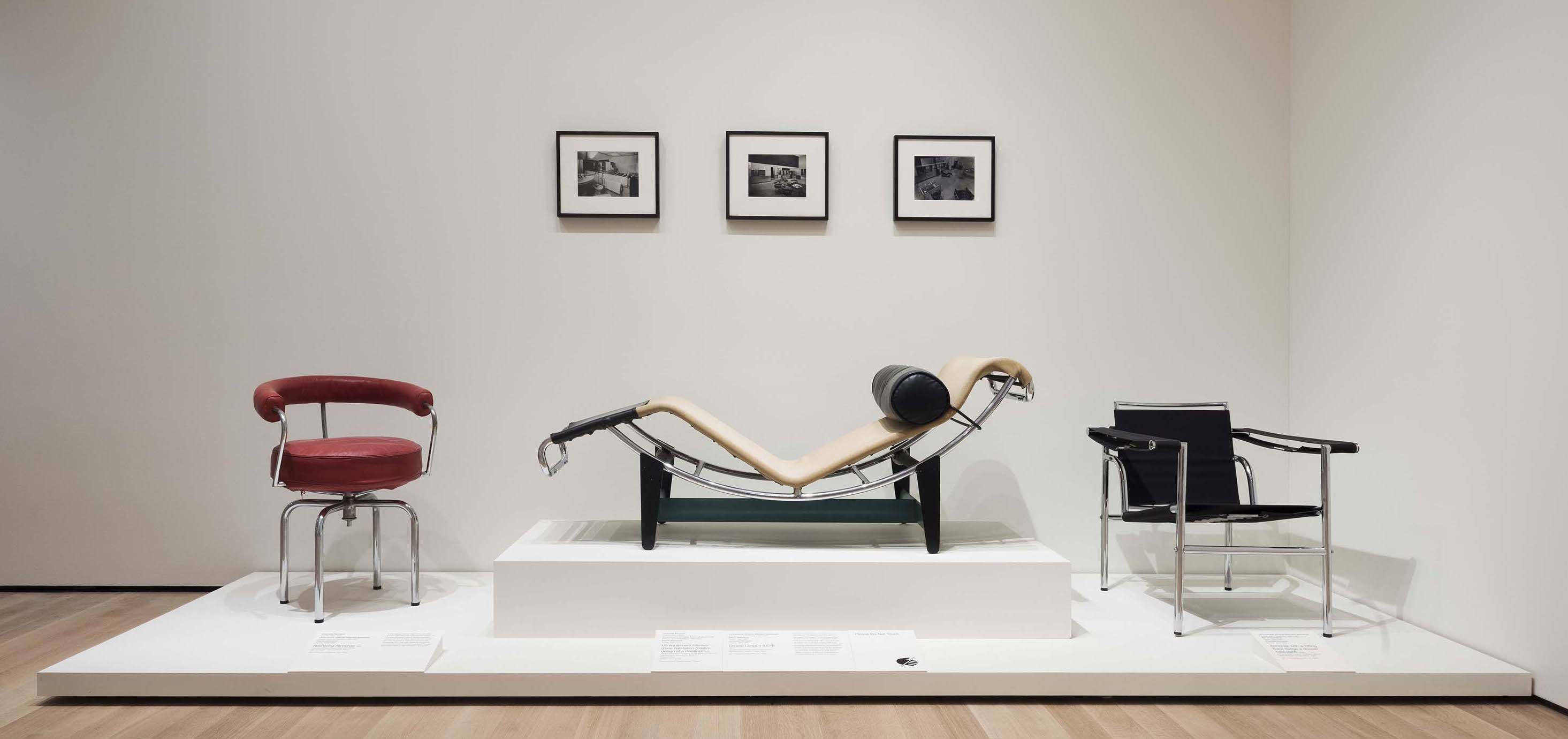
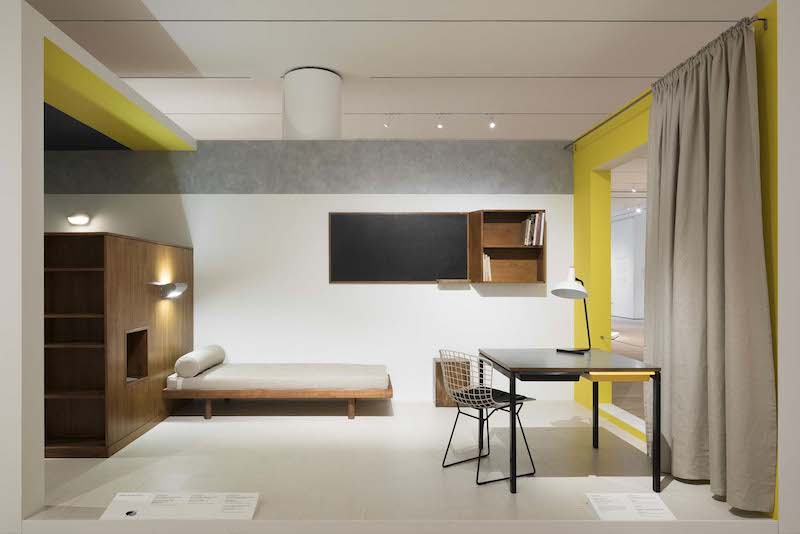
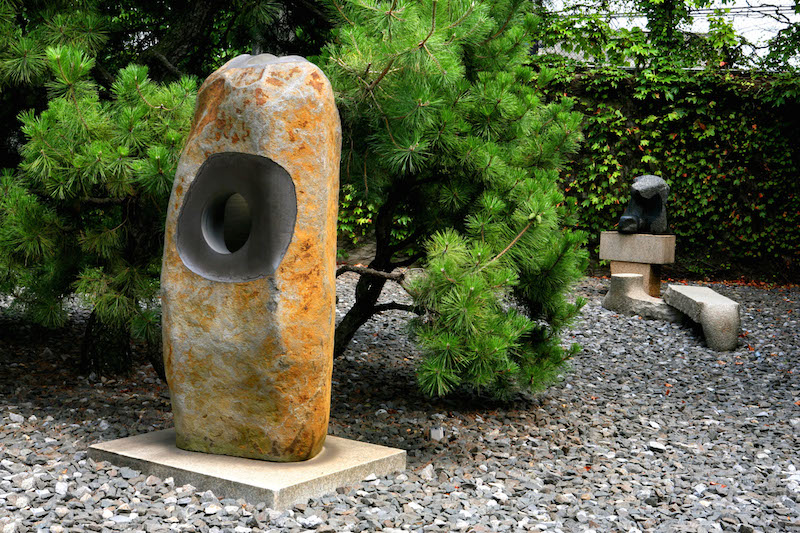
.jpg)
